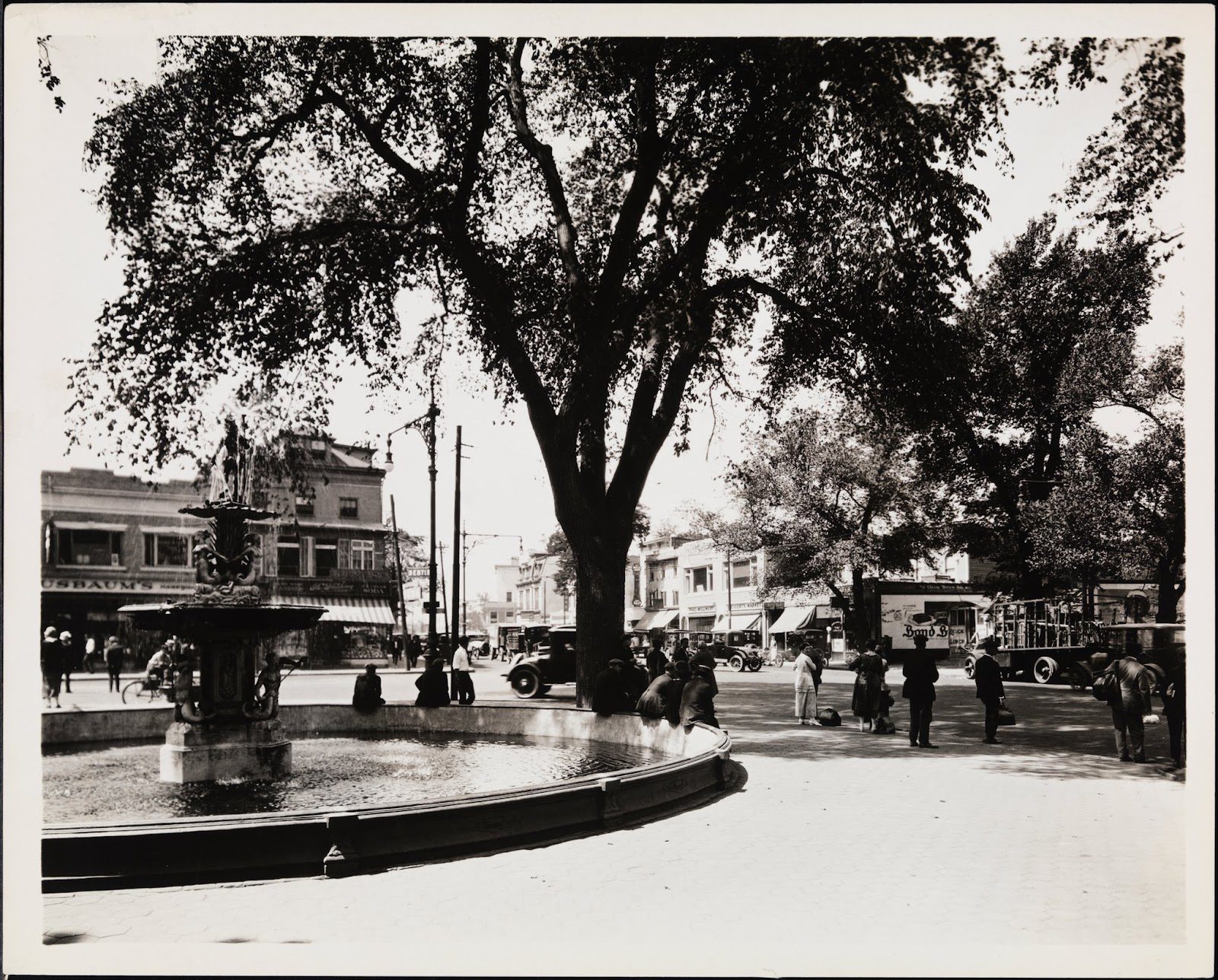Flushing Park in Queens was once beautifully decorated with the King Neptune Fountain. Tourists passed it by, and locals drank from it to relieve their thirst. King Neptune was built to complement the park’s appearance. The townspeople enjoyed gathering around this fountain. However, the fountain was eventually abandoned and removed from the park’s central area. Find out more at queens-future.
History of the fountain’s creation
The first fountain in the Queens borough, King Neptune, was constructed in 1874. It was located in Flushing Park on the island of Northern Boulevard, near the intersection of Main Street. The fountain drew the attention of many travelers who passed by it. It was an excellent place for the locals to relax, especially in the summer heat.
When the fountain was built in 1874, the intersection was critical for transportation purposes. At the time, Broadway and Main Streets were Queens County’s most important streets. People passed the fountain on their way to the north of Long Island. South of it, the Long Island Expressway did not yet exist.
In early 1934, the Northern State Parkway was built. Perhaps the best way to get to Manhattan and much of Long Island was via Flushing and past the fountain. Flushing was the primary gateway for tourists and residents to travel to Long Island without difficulties.
Demolition of the fountain
In 1940, the fountain, which was the centerpiece of Flushing Park, fell into disrepair. The city did not allocate funds for the structure’s maintenance. As a result, the fountain was demolished in 1947, with the assistance of the parks department. King Neptune was around for more than 70 years.
There is a widespread theory that the fountain was removed due to Northern Boulevard’s rapid development, but this is not true. Several photographs from the archives clearly prove that the fountain continued to exist after the new road project was put into action.
Why didn’t the parks department preserve the fountain?

In April 1971, the young historian Abe Wolfson wrote about his walks in the New York Times Magazine. In it, he explained that it was the parks department that abandoned the fountain and did not admit it. Abe reviewed a lot of material and concluded that the fountain’s dismantling was the fault of both the parks department and Robert Moses.
Famous Commissioner Robert Moses lived in Queens and was an admirer of Flushing Park. He was instrumental in the removal of ash that polluted the park. In addition, Moses spent $60 million to equip the park before the World’s Fair. Thanks to him, the park was very clean and had many walking trails.
Eventually, Robert Moses came to the conclusion that the fountain was dirty, old and cramped. As a result, it did not belong in the park’s center, so he contributed to the structure’s demolition.
From 1946 to 1949, the parks department launched a postwar restoration program. Then, more than 22 million dollars were spent on the restoration of historic fountains. Unfortunately, with the assistance of Moses, the King Neptune Fountain was not included in the reconstruction program.
Abe Wolfson was the first person who had no hesitation to conduct historical research and write the truth. In the end, the historian Wolfson met a sad fate.
Abe Wolfson died six months after going on a walking tour of the park described in the article. The incident occurred on November 9, 1971, when the man took to the sky on his Cessna 150 plane, lost control and crashed into a farm in Montana.
It’s worth noting that historian Wolfson founded the Queens Historical Society. He worked on various initiatives to clean up the Flushing area. The triangular park at the intersection of Kissena Boulevard and 72nd Road was named after him. Thanks to his work, described in a New York magazine, citizens were able to find out the reason for the demolition of the fountain and the people involved in it.


